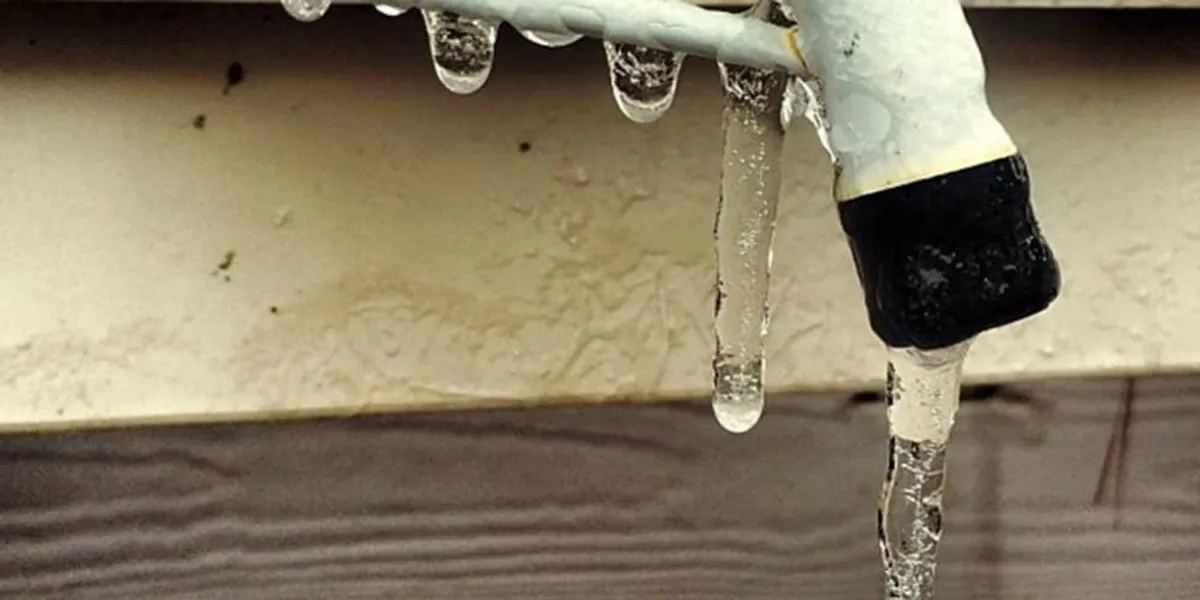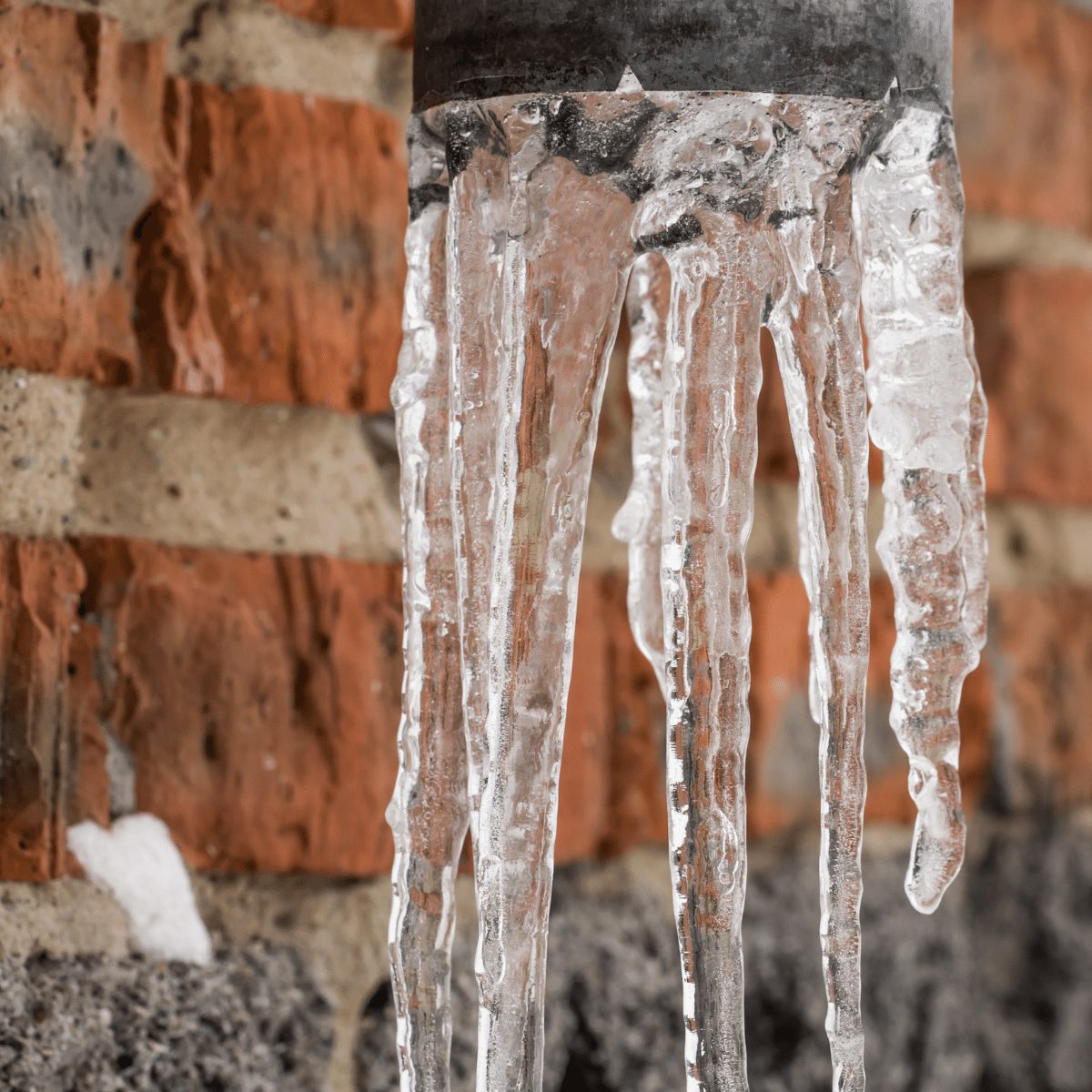How to Keep Your Pipes from Freezing Damage: Important Tips
How to Keep Your Pipes from Freezing Damage: Important Tips
Blog Article
Listed here on the next paragraphs you can find lots of outstanding ideas with regards to Prevent Frozen Pipes .

Winter can wreak havoc on your plumbing, especially by freezing pipes. Right here's exactly how to prevent it from happening and what to do if it does.
Intro
As temperature levels decrease, the risk of icy pipelines increases, possibly bring about expensive repair services and water damage. Understanding just how to avoid icy pipes is essential for homeowners in cool environments.
Recognizing Icy Pipelines
What triggers pipes to ice up?
Pipes ice up when exposed to temperature levels below 32 ° F (0 ° C) for expanded periods. As water inside the pipelines ices up, it expands, taxing the pipeline walls and potentially creating them to burst.
Dangers and problems
Frozen pipes can cause supply of water disruptions, property damage, and costly fixings. Ruptured pipes can flood homes and cause comprehensive architectural damages.
Indications of Frozen Piping
Recognizing frozen pipes early can avoid them from rupturing.
Exactly how to determine frozen pipes
Look for decreased water flow from taps, unusual odors or sounds from pipelines, and noticeable frost on subjected pipes.
Prevention Tips
Insulating at risk pipelines
Wrap pipes in insulation sleeves or make use of heat tape to protect them from freezing temperature levels. Focus on pipes in unheated or external areas of the home.
Heating strategies
Keep interior rooms effectively heated up, specifically areas with pipes. Open closet doors to enable cozy air to distribute around pipelines under sinks.
Securing Outdoor Pipes
Garden pipes and outside faucets
Separate and drain yard pipes prior to wintertime. Install frost-proof faucets or cover outside faucets with insulated caps.
What to Do If Your Pipelines Freeze
Immediate activities to take
If you think frozen pipes, maintain taps open up to soothe stress as the ice melts. Make use of a hairdryer or towels taken in warm water to thaw pipes gradually.
Long-Term Solutions
Structural adjustments
Take into consideration rerouting pipes far from outside walls or unheated areas. Include additional insulation to attic rooms, basements, and crawl spaces.
Upgrading insulation
Buy premium insulation for pipelines, attics, and wall surfaces. Correct insulation helps preserve regular temperature levels and lowers the risk of frozen pipelines.
Verdict
Avoiding frozen pipelines calls for aggressive procedures and fast feedbacks. By understanding the causes, signs, and preventive measures, house owners can secure their pipes during winter.
5 Ways to Prevent Frozen Pipes
Drain Outdoor Faucets and Disconnect Hoses
First, close the shut-off valve that controls the flow of water in the pipe to your outdoor faucet. Then, head outside to disconnect and drain your hose and open the outdoor faucet to allow the water to completely drain out of the line. Turn off the faucet when done. Finally, head back to the shut-off valve and drain the remaining water inside the pipe into a bucket or container. Additionally, if you have a home irrigation system, you should consider hiring an expert to clear the system of water each year.
Insulate Pipes
One of the best and most cost-effective methods for preventing frozen water pipes is to wrap your pipes with insulation. This is especially important for areas in your home that aren’t exposed to heat, such as an attic. We suggest using foam sleeves, which can typically be found at your local hardware store.
Keep Heat Running at 65
Your pipes are located inside your walls, and the temperature there is much colder than the rest of the house. To prevent your pipes from freezing, The Insurance Information Institute suggests that you keep your home heated to at least 65 degrees, even when traveling. You may want to invest in smart devices that can keep an eye on the temperature in your home while you’re away.
Leave Water Dripping
Moving water — even a small trickle — can prevent ice from forming inside your pipes. When freezing temps are imminent, start a drip of water from all faucets that serve exposed pipes. Leaving a few faucets running will also help relieve pressure inside the pipes and help prevent a rupture if the water inside freezes.
Open Cupboard Doors
Warm your kitchen and bathroom pipes by opening cupboards and vanities. You should also leave your interior doors ajar to help warm air circulate evenly throughout your home.

I was introduced to that article about Helpful Tips to Prevent Frozen Pipes this Winter through an associate on our other web page. You should take the opportunity to share this entry if you enjoyed reading it. We treasure reading our article about How to prepare your home plumbing for winter weather.
Schedule Here Report this page